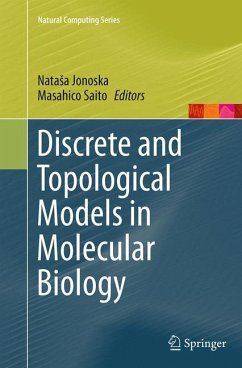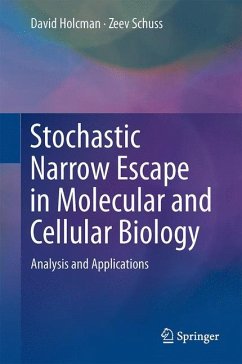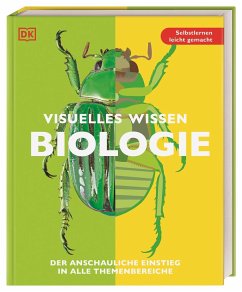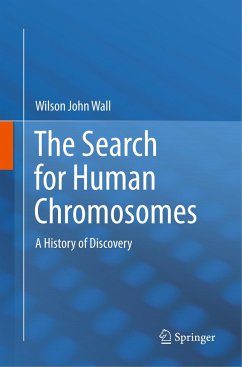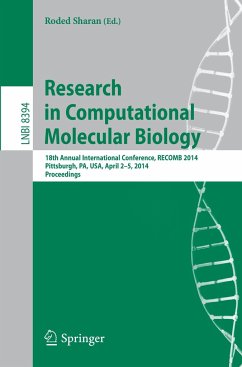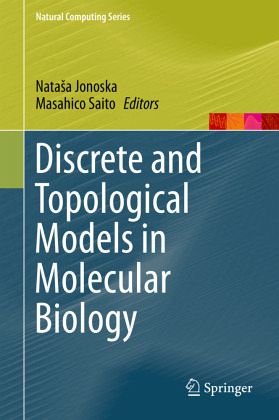
Discrete and Topological Models in Molecular Biology

PAYBACK Punkte
38 °P sammeln!
Theoretical tools and insights from discrete mathematics, theoretical computer science, and topology now play essential roles in our understanding of vital biomolecular processes. The related methods are now employed in various fields of mathematical biology as instruments to "zoom in" on processes at a molecular level.This book contains expository chapters on how contemporary models from discrete mathematics - in domains such as algebra, combinatorics, and graph and knot theories - can provide perspective on biomolecular problems ranging from data analysis, molecular and gene arrangements and...
Theoretical tools and insights from discrete mathematics, theoretical computer science, and topology now play essential roles in our understanding of vital biomolecular processes. The related methods are now employed in various fields of mathematical biology as instruments to "zoom in" on processes at a molecular level.This book contains expository chapters on how contemporary models from discrete mathematics - in domains such as algebra, combinatorics, and graph and knot theories - can provide perspective on biomolecular problems ranging from data analysis, molecular and gene arrangements and structures, and knotted DNA embeddings via spatial graph models to the dynamics and kinetics of molecular interactions.The contributing authors are among the leading scientists in this field and the book is a reference for researchers in mathematics and theoretical computer science who are engaged with modeling molecular and biological phenomena using discrete methods. It may also serve as aguide and supplement for graduate courses in mathematical biology or bioinformatics, introducing nontraditional aspects of mathematical biology.




